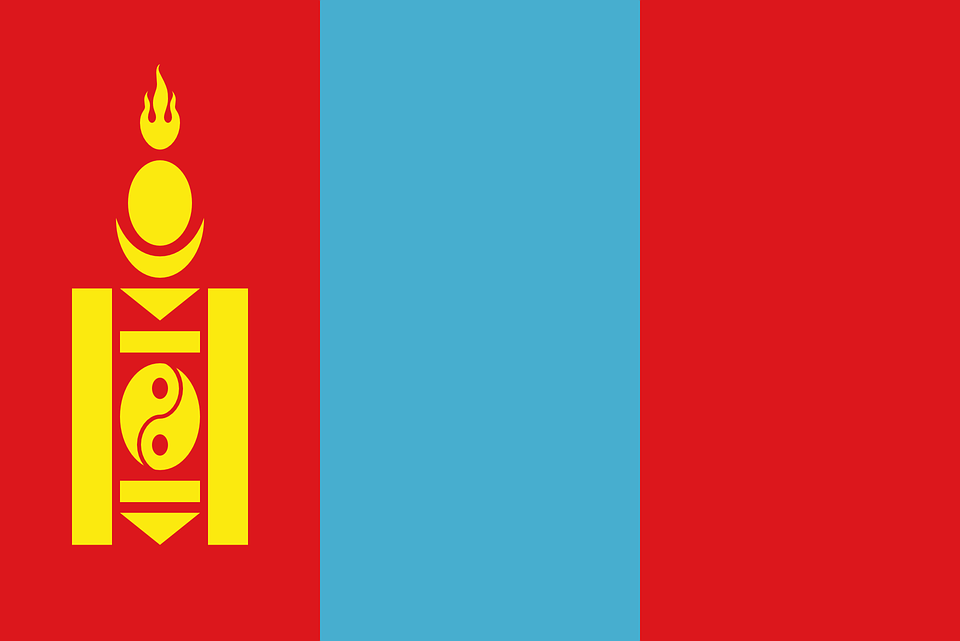By Bolor Lkhaajav
,
17 July 2023

Flag of Mongolia (photo credit: OpenClipart-Vectors)
Since its peaceful democratic revolution in 1990, Mongolia has established itself as one of the leading democracies in Asia against a backdrop of rising authoritarianism and increasing geopolitical tensions in the region.
In the hopes of further strengthening Mongolia’s democracy, the Mongolian government recently passed major constitutional reforms, which (among other changes) enlarged the country’s legislative branch from 76 parliamentary members to 126 and introduced a mixed electoral system that allows for party list voting as well as direct elections.
[...]
The constitutional reforms also increased the quota for women among party candidates to 30 percent and aims to increase it to 40 percent in the 2028 election. [...]
Of all the countries in Central, South, Southeast, or South Asia, only Nepal, Timor-Leste, Uzbekistan, and Vietnam are currently above the 30 percent mark. The trans-regional average for women’s representation in Asian legislatures is just 21.4 percent. As noted above, Mongolia lags even further behind, at just 17.1 percent. [...] The new constitutional reforms expand the responsibilities of inclusivity, credibility, and transparency. However, it is solely up to the political parties to field electable, trustworthy candidates. If properly implemented, these reforms can provide a strong foundation for the government’s wider social development ambitions, strengthen the democratic foundations of the country by safeguarding citizens’ constitutional rights, promoting women’s representation, and strengthening checks and balances within the electoral and wider political system.
Read the full article here:
The Diplomat
